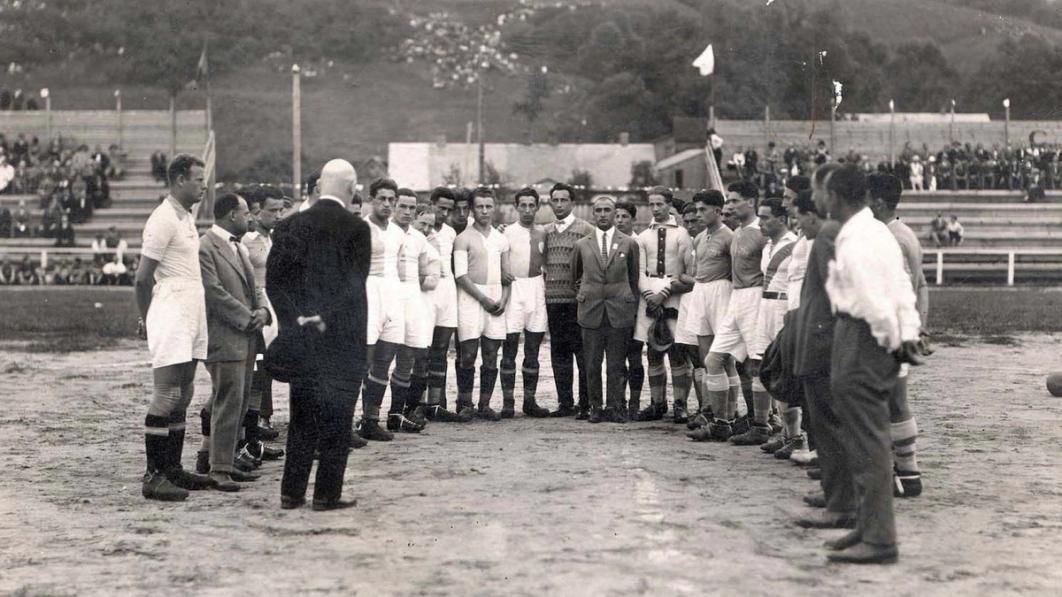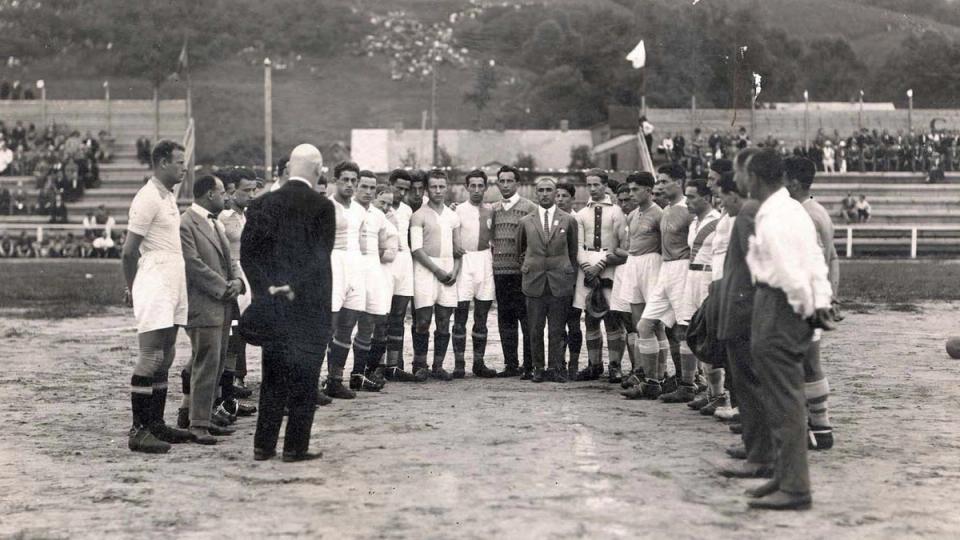International Connections & Cup Glory: The Long Road of NY Hakoah
The fascinating story of former U.S. Open Cup Champion club New York Hakoah – like so many great American tales – begins far, far away and has more than its share of twists and turns.













